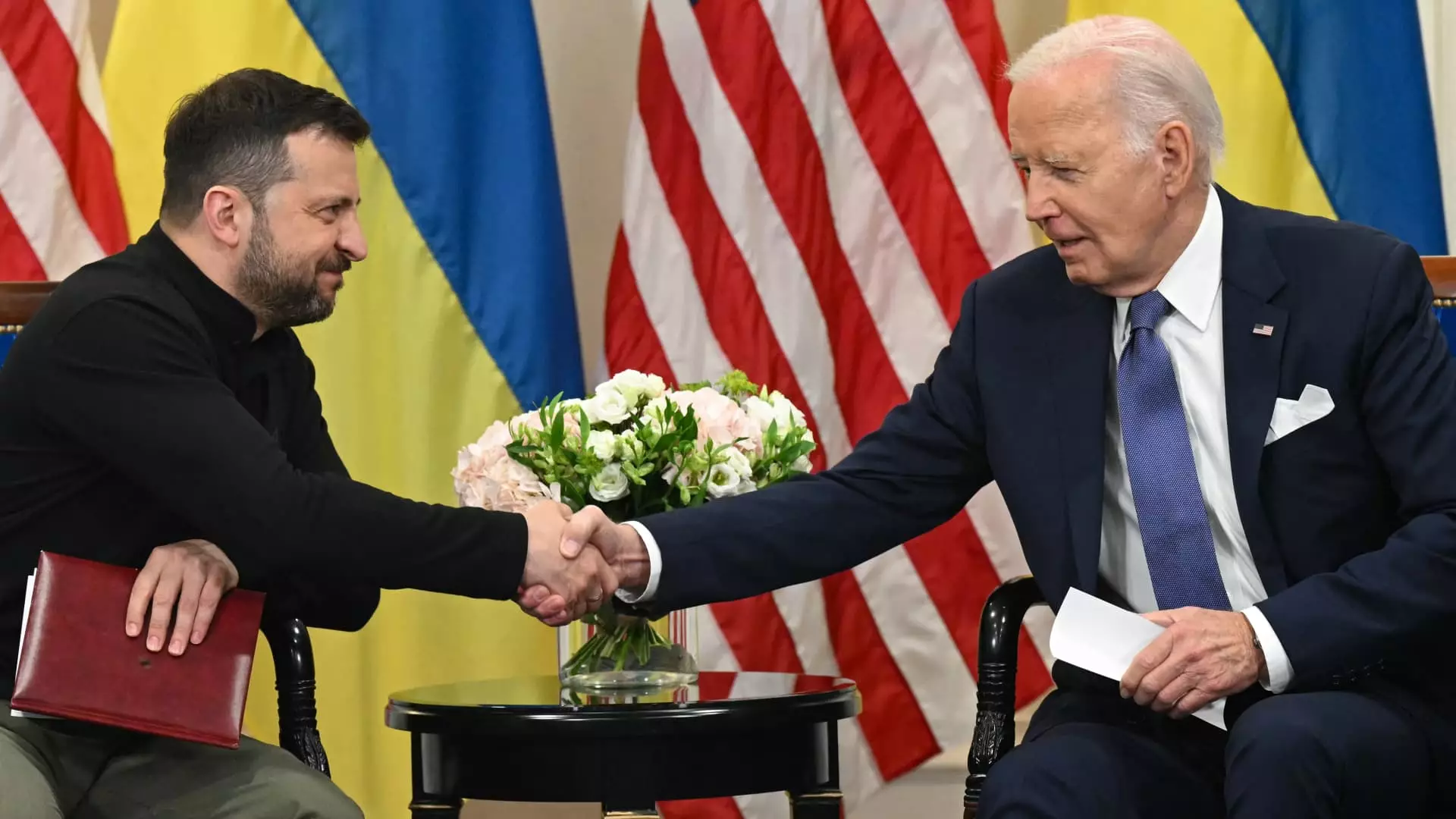The ongoing war in Ukraine has elicited a robust response from the United States, particularly under the Biden administration. Recently, President Biden announced nearly $6 billion in military and budgetary support for Ukraine—an escalation aimed at providing immediate relief amid an increasingly brutal conflict. However, with the incoming Trump administration and shifts in Congressional attitudes, the long-term viability of this aid remains uncertain. This article examines the recent aid package, the implications for Ukraine’s war effort, and the potential changes in U.S. policy as political dynamics shift.
President Biden unveiled $2.5 billion in military assistance as part of this new package, which is set against a backdrop of intense Russian aggression. This includes approximately $1.25 billion sourced from U.S. military stocks and $1.22 billion allocated through the Ukraine Security Assistance Initiative (USAI). The latter represents a shift in operational logistics; while U.S. stockpiles offer near-instant availability of equipment, USAI entails a procurement process that can delay resources from arriving on the battlefield.
Moreover, Treasury Secretary Janet Yellen announced $3.4 billion in budgetary aid, emphasizing that these funds are critical for the Ukrainian government to continue operations and pay salaries, ultimately sustaining the national infrastructure during wartime. This funding is not merely a gesture but a lifeline, ensuring that essential services can continue as Ukraine braces for the harsh demands of winter.
The immediate military advantages anticipated from this aid are substantial. Biden highlighted that the support will enhance Ukraine’s capabilities on the battlefield and contribute to its strategic planning. However, the effectiveness of these aids hinges on timely delivery, training for Ukrainian forces, and an environment free from Russian countermeasures.
The United States’ commitment to Ukraine has reached around $175 billion since the onset of hostilities, reflecting the depth of its strategic interests. However, as President Trump prepares to assume office, there is growing apprehension regarding the future of U.S. support. Trump has previously expressed skepticism about high levels of U.S. engagement, suggesting that European nations need to take on a larger share of the financial burden. Such sentiments resonate with a faction of his party, which is becoming increasingly reluctant to sustain the current level of support for Ukraine.
The concern is exacerbated by reports of the Russian military utilizing North Korean troops, pointing to desperation amid high casualties. The introduction of foreign combatants into the conflict level raises concerns not only about civilians but also about new tactical approaches that could undermine U.S. efforts in training and supporting Ukrainian forces.
While military supplies often capture public attention, economic assistance plays a critical role in Ukraine’s ability to maintain sovereignty. The $3.4 billion in budgetary aid boosts a total of over $30 billion allocated since February 2022, primarily aimed at supporting government salaries and keeping public services operational. Such funding works to keep Ukraine’s governmental structure intact while enabling its military to respond effectively to Russian advances.
Yellen’s statement underscored the urgency of this economic support, highlighting that reducing or cutting funding could have disastrous consequences not only for Ukraine but also for U.S. national interests. By fostering a resilient Ukrainian state, the U.S. positions itself against Russian aggression while advocating for international norms and rule-based order.
As the geopolitical landscape remains volatile, the path forward for U.S. involvement in Ukraine is shaky. There is potential for a significant policy pivot with the incoming administration, which could lead to a diminished commitment to Ukraine’s defense. A shift could embolden Russia, disrupt the status quo, and potentially threaten broader European stability.
The latest U.S. military and financial support underscores the urgency of Ukraine’s needs amid ongoing hostilities. However, with the momentum of political change on the horizon, the longevity and effectiveness of this aid hang in the balance. Should U.S. support wane, the implications could extend beyond Ukraine, affecting global perceptions of United States resolve and capacity to counter aggression in the international arena.

Leave a Reply